Mash Makes
Summary
- Giving Green recommends the Mash Makes Maharashtra Model as one of the top carbon removal opportunities for businesses.
- Mash Makes is an Indo-Danish carbon-negative energy company. It aims to convert waste streams (primarily residue biomass) into energy products (biofuel, hydrogen, and electricity), of which biochar is a byproduct.
- Mash Makes partners with farmers, NGOs, and organizations working in agriculture in India to convert crop residue that would have otherwise been burnt into biochar, with the possibility of expanding to other locations. Applying biochar to soil securely stores carbon that plants have removed from the atmosphere with medium-term permanence, preventing carbon emissions and air pollution.
- We have identified the Mash Makes Maharashtra Model as a high-quality, medium-term-permanence carbon removal option.
Notes
This recommendation was last updated in November 2022. It may no longer be accurate, both with respect to the evidence it presents and our assessment of the evidence. We do not have plans to update this recommendation in the foreseeable future as we have paused our work assessing direct carbon removal and offset projects. Questions and comments are welcome.
Giving Green believes that donating to our top recommendations is likely to be the most impactful giving strategy for supporting climate action. However, we recognize that contributing to policy advocacy (as most of these recommendations do) may not be tenable for all donors, especially businesses. Taking this into consideration, we recommend Mash Makes specifically for businesses given its more direct alignment with corporate net-zero ambitions. We believe Mash Makes to be a high-impact option, but we are unsure of the extent to which its cost-effectiveness approaches that of our top recommendations
Overview of Mash Makes
Mash Makes is an Indo-Danish carbon-negative energy company. It began as a project at the Technological University of Denmark, converting waste streams (primarily waste agricultural residues and woody biomass) into energy products (biofuel, hydrogen, and electricity) and biochar, a natural by-product. The promising results of this work led to the funding of a company to commercialize the technology.
Mash Makes now partners with farmers, NGOs, and organizations working in agriculture in India to convert crop residue that would have otherwise been burnt into biochar, with the possibility of expanding to other locations.1 Applying biochar to soil securely stores the carbon that plants have removed from the atmosphere with medium-term permanence, preventing carbon emissions and air pollution. Mash Makes does this through the use of Special Purpose Vehicle (SPV) units, the fundamental unit of which is Mash Make’s pyrolysis machine. This machine features a unique heat principle that enables efficient feedstock heating by only using residual pyro-gas produced as a byproduct of the process. Feedstock is fed into a pyrolysis unit and heated at temperatures of 550°C in the absence of oxygen to produce biochar, which stores carbon in a more stable form more than the original biomass. Each SPV will consist of at least four such pyrolysis units containing Mash Makes technology tailored to the local supply chain energy needs and feedstock availability.2 Mash Makes intends to utilize a modular franchise model by rolling out a series of SPVs; efforts are currently focused in India, though other areas in South Asia and sub-Saharan Africa are under consideration.3 Mash Makes biochar is certified by the European Biochar Certificate.


1 See ‘Maharashtra Model’. Mash Makes. n.d.
2 Correspondence with Mash Makes, 2022-11-15.
3 See ‘Who are we?’. Mash Makes. N.d; Correspondence with Mash Makes, 2022-11-15.
Mechanism
Removed emissions. Giving Green views the biochar production process as emissions removal. As crops grow, they draw carbon out of the atmosphere and store it in their biomass. Mash Makes intercepts the residue of this biomass material post-harvest, converting it into biochar before it can re-emit the stored carbon back into the atmosphere. This cycle is a carbon-negative process, resulting in less carbon in the atmosphere overall.
We acknowledge that the line between removed and avoided carbon emissions can be a gray area. Some evaluations do not consider crop growth part of the biochar product cycle unless organizations grow it themselves, or they view biochar as an imperfect form of carbon removal due to its impermanence. Considering these views, we assess the biochar produced by Mash Makes to be a medium-permanence emissions removal project.
Causality
High causality. Biochar uses post-harvest agricultural biomass residues (feedstock). These would have often been left to decompose, but can also be burnt or put to alternative uses. The dry weight of biochar is easily measured before and after burning to determine fixed carbon content.4 A high fixed carbon content translates to efficient feedstock use for carbon storage, showing a large proportion of feedstock is converted into stable carbon rather than ash or volatile compounds. Mash Makes biochar has a fixed carbon content of 84.9%.
We believe that almost all of the carbon stored in the feedstock used by Mash Makes would be released into the atmosphere within a short amount of time if it weren’t converted to biochar. If the feedstock is left in the field, 20% of the carbon from plant biomass is stored over a 5-10 year period.5 More likely, it would be burned, converting the carbon into CO2 right away as the soil only retains 3% of carbon during crop burning. Karnataka state, the location of Mash Makes’ first commercial facility, has one of the highest rates of crop residue burning in India.6 In other cases, organizations could purchase feedstock before it is burnt, putting it towards alternative uses such as biofuel, paper-based or packing materials, or animal feed.7 However, these products will all re-release their carbon as they are used or discarded and so are carbon-neutral processes at best.
4 “...the crucible is heated over the Bunsen burner until all the carbon is burned. The residue is weighed, and the difference in weight from the previous weighing is the fixed carbon.” Speight, 2015.
5 See abstract. Gaunt & Rondon, 2006.
6 “The top ten states that showed maximum amount of crop residues burning in our estimations are Uttar Pradesh (34.38 MT), Punjab (19.45 MT), Maharashtra (11.81 MT), Madhya Pradesh (11.77 MT), Haryana (10.51 MT), Karnataka (8.45 MT), Bihar (8.30 MT), Rajasthan (7.67 MT) and West Bengal (6.44 MT)”. Sahu et al., 2021.
7 See section 5.2. National Policy for Management of Crop Residues. 2014.
Project Additionality
Medium project additionality. Project-level additionality seeks to answer the following question: would Mash Makes exist and sell biochar in the absence of offsets? We rate the additionality of Mash Makes as medium. Mash Makes wants to keep the prices of its biochar as low as possible, depending upon the funds produced from the sale of carbon removal certificates, to keep operations feasible. Mash Makes currently sells its biochar at below-market prices (<$0.1/kg) to NGO afforestation or reforestation projects, with the sale price set to recover transport costs only. Producing 323kg of Mash Makes biochar will remove one ton of CO2e, meaning that biochar sales / transport costs are equivalent to roughly 20% of the price of a credit. It is our impression that this cost recovery does not substantially reduce the additionality of offsets. Further, it provides biochar to farmers for free to participate in field trials.
Mash Makes uses a modular franchise model to expand the number of SPVs, with investors funding individual SPVs that use the Mash Makes technology. To ensure the model attracts investor interest, bio-oil (a byproduct of the pyrolysis process) is sold at market rate as a carbon-neutral fuel source to shipping and transportation operators, with profits returning to investors.8 We are comfortable with this aspect of Mash Makes operations, as (i) Mash Makes told us the model still depends on carbon credits to be feasible, (ii) Mash Makes does not directly profit from this, (iii) this increases the rate at which Mash Makes can expand, leading to the removal of more carbon, and (iv) the bio-oil replaces carbon-intensive fossil fuel use, assisting with industry decarbonization.9 If project products generate profit, this can decrease our confidence in whether projects need carbon credits to operate, calling additionality into question. However, Mash Makes told us that carbon credits are a vital part of its operations and that it aims to keep its biochar prices as low as possible while selling bio-oil to expand.
8 “An SPV is a financial instrument rather than a physical machine, made up of four container units. The money is not raised for these through Mash Makes, but instead through investors that fund individual SVPs.” Mash Makes call notes, 2022-11-15.
9 Correspondence with Mash Makes, 2022-11-15.
Marginal Additionality
High marginal additionality. Marginal additionality ensures that each credit purchase goes towards removing additional greenhouse gas emissions, rather than generating profit. We also rate the marginal additionality of Mash Makes as high.
As Mash Makes is a for-profit company, there could be concerns about carbon credit revenue generating profit rather than sequestering additional carbon. However, Mash Makes aims to be a business for impact, using a profitable business model to attract investors and remove carbon at a pace it believes would not be possible as a non-profit.10 As the revenue from carbon credits goes towards operational costs and assisting with expansion, leading to additional carbon sequestration, we feel confident in the additionality claims of Mash Makes.11 The modular design of Mash Makes’s SPVs allows for the quick and efficient setup of facilities near biomass residues that commercial operators would typically be unable to reach, also reducing costs associated with the transport of the feedstock. This also creates higher confidence in additionality, as rural feedstock is less likely to be accessible for other climate-related purposes.
10 Correspondence with Mash Makes, 2022-11-15.
11 “Our projects still depend on finance based on the sale of carbon removal certificates for it to be feasible.” Mash Makes email correspondence, 2022-09-20.
Permanence
Medium permanence. The biochar produced through pyrolysis is more stable than the original feedstock. However, biochar permanence can be highly variable depending upon the feedstock type and pyrolysis temperature, which influence biochar characteristics, and the post-production conditions, which impact how quickly biochar will degrade.
Mash Makes biochar has an oxygen-to-organic carbon ratio of 0.056, a hydrogen-to-organic carbon ratio of 0.4, and pyrolysis production temperatures of 550°C. Mash Makes biochar feedstock is currently primarily agricultural residues such as nutshells, but it may expand to other feedstocks in the future.12 Due to these characteristics, we estimate the theoretical quality of Mash Makes biochar to be extremely high, with a >1000-year half-life under laboratory conditions.13
MASH Makes recommends that its biochar is first mixed with compost, manure or an organic fertilizer before it is applied to the soil. This ensures that the biochar forms a stable sink and no biochar is lost to wind erosion. Research has shown that laboratory estimates are relatively accurate in temperate climates, but there is less confidence in the accuracy of laboratory estimates in tropical or subtropical areas.14 At the moment, Mash Makes primarily operates in India, which has a tropical semi-arid climate. Differences are likely to be greatest between laboratory estimates and field results where low-quality biochar contains high amounts of unstable carbon, as it is unstable carbon that will be primarily affected by post-production conditions. For example, one study found that only biochar produced at pyrolysis temperatures >550°C could persist for >100 years in high soil temperatures of 40°C - 60°C.15 Due to this, we think it is unlikely that the >1000-year half-life of Mash Makes biochar will change in field conditions. However, we acknowledge the uncertainty around this estimate and the need for further research. As a result, we categorize the permanence of Mash Makes biochar to be in the 100-1000+ year half-life range. We hope to receive further information from Mash Makes field trials within a year to clarify this further.
12 “The state of Maharashtra itself burns about seven million tonnes of crop residue yearly – which is 80% of its total annual crop residue generated. Of this, sugarcane leaves, along with cotton, soy and wheat residue make up the bulk of the burnt stubble.” Mash Makes. n.d.
13 See “Permanence” section of Biochar Sector Overview. Giving Green, 2022.
14 “However, at elevated temperatures (40 or 60 °C), which may be experienced in tropical environments at certain times and especially in surface soil, only the biochars produced at a higher pyrolysis temperature (e.g. 550 °C) may persist for more than 100 years.” Fang et al., 2014; See “Conclusions” section. Kuzyakov, 2014.
15 “However, at elevated temperatures (40 or 60 °C), which may be experienced in tropical environments at certain times and especially in surface soil, only the biochars produced at a higher pyrolysis temperature (e.g. 550 °C) may persist for more than 100 years.” Fang et al., 2014.
Co-Benefits
Mash Makes offers two co-benefit streams: those from the avoided burning of crop waste and those from increased food security based on improved soil quality due to biochar addition.
Mash Makes aims to use feedstock that would have otherwise been burnt. Converting this biomass into biochar instead prevents air pollutants from being released. These air pollutants enhance climate warming and are harmful to human health, alongside having subsequent impacts on tourism and the socioeconomic status of farmers.16 It also contributes to climate warming by releasing black and brown carbon, which absorbs incoming solar radiation as heat and warms the air, changing rain and cloud patterns.17 We have high certainty that the prevention of feedstock burning positively impacts human health through decreased air pollution, which likely has other flow-on environmental and socioeconomic benefits.18
The co-benefits from improved soil quality are more difficult to quantify. Field research has shown that in some conditions, biochar can help to remediate soils, improving soil water holding capacity and nutrient availability, decreasing plant susceptibility to disease, and increasing crop yields. Increases in crop yield could benefit the food security of those living in regions with depleting soil quality and a rapidly increasing population. However, the co-benefits depend on several environmental and biochar characteristics.
MASH Makes recommends that its biochar is first mixed with compost, manure or an organic fertilizer before it is applied to the soil to benefit soil health and crop productivity by charging the biochar with nutrients.19 However, we will have higher certainty of this claim once Mash Makes field trials are complete. Overall, the geographic location of Mash Makes seems suitable for using biochar to improve soil quality and crop yields, as field trials with biochar have shown positive increases related to improved crop productivity in regions with weathered soils.20 However, we are unsure whether optimizing Mash Makes biochar for carbon sequestration will prevent this effect. We will rely on the results from its field trials to be certain about the benefit of its biochar for soil quality. Mash Makes is currently partnering with local universities to undertake field trials on the impact of its biochar on soil quality, which will help us to increase our certainty in this area.
16 “These particulate matters pose a higher health risk, monetary losses, and socioeconomic losses.” Singh et al., 2022.
17 “One contributor to global climate change is the release of fine black and also brown carbon (primary and secondary) that contributes to the change in light absorption.” Bhuvaneshwari et al. 2019.
18 “The impact of stubble-burning is not limited to human health, soil, and ambient air quality. Stubble-burning has a range of effects on economic growth and causes other social problems such as adverse effects on tourism, agricultural productivity, farmer’s socioeconomic condition, and climate effects”. Singh et al. 2022.
19 Correspondence with Mash Makes, 2022-11-15.
20 “The greatest (positive) effects with regard to soil analyses were seen in acidic (14%) and neutral pH soils (13%), and in soils with a coarse (10%) or medium texture (13%). This suggests that two of the main mechanisms for yield increase may be a liming effect and an improved water holding capacity of the soil, along with improved crop nutrient availability.” Jeffery et al., 2011.
Cost
Mash Makes carbon credits will be available for pre-purchase on its website for $160/ton of CO2 by the end of 2022, with delivery in Q2 2023. Buyers can also get in touch with Mash Makes directly; credit prices are variable based on volume of purchases. We believe that this price reflects the actual cost of producing biochar. It is in the lower range of the price spectrum of other biochar projects we evaluated, which sold credits at prices between $98 and $524/ ton of CO2 removed (average $265, median $200). Mash Makes’s price per ton is also significantly lower than other removal projects, such as Charm bio-oil, which sells carbon credits for $600/ton of CO2; we note that these more expensive pathways generally have higher permanence. Mash Makes is more expensive than the avoided emissions credits we recommend (which can be as low as $17/ton of CO2).
Much of the cost of the Maharashtra Model comes from the purchase of feedstock and operating costs (such as wages and electricity), as well as the initial production and deployment of the SPVs. The market determines feedstock prices, making them hard to predict, while operating costs will likely rise with inflation. Credit prices are currently not anticipated to drop further, though ways to make the technology more cost-effective are being investigated.
Mash Makes is expanding from one SPV in 2022 to 50 SPVs over the next five years, meaning there is substantial room for more funding.
Key Uncertainties and Open Questions
- We have medium uncertainty around the permanence of biochar in field conditions. Mash Makes is currently undertaking field trials that will help us address this concern.
- As Mash Makes is unlikely to experience further price drops due to technological breakthroughs, we are uncertain whether it will remain cost-effective compared to our other recommendations. Supporting developing technologies, such as direct air capture, or purchasing already cheap offset credits, such as those sold by Tradewater, may prove to be a more cost-effective way of reducing or removing emissions in the long run.
- We are unsure as to whether carbon credits will continue to be additional in the future as Mash Makes scales up to commercial-level operations and uses investment to explore other revenue streams. This could reduce the likelihood that a removal project would not have happened without an offset purchase, but Mash Makes has informed us that carbon credits are an essential part of their model for all future ventures. We plan to re-evaluate additionality as the company expands.
- As Mash Makes is a for-profit company we have limited access to publicly available financial information, making it difficult to confidently assess project additionality. However, for the reasons stated above, we are not concerned by this due to our impression that offset purchases are still a core component of their funding.
Conclusion and How to Contribute
Overall we have identified the Mash Makes Maharashtra Model as a high-quality, medium-permanence carbon removal project. The scalable, modular technology (the SPV model) will be tailored to the local context, allowing for more cost-effective carbon removal. The company addresses typical concerns around biochar project additionality by currently providing biochar to farmers for free to conduct field trials. Supporting Mash Makes will assist in producing more SPVs to scale up biochar production. Its team has been transparent with data and financial information; we look forward to seeing the results from its current field trials to address our uncertainty around biochar permanence and crop yield co-benefits.
We thank Srikanth Vishwanath, Test and Development Engineer at Mash Makes, for the conversations that informed this document.
How to contribute to Mash Makes
These credits are available for purchase through Patch here, or by contacting Mash Makes directly through its website.
Support Our Work
Giving Green Fund
One fund. Global impact. One hundred percent of your gift supports a portfolio of high-impact climate organizations, vetted by our research.
Best for:
Donors who want the simplest way to impact multiple climate solutions.
Top Climate Nonprofits
Meet the organizations on Giving Green’s list of high-impact nonprofits working to decarbonize our future, identified through our rigorous research.
Best for:
Donors who want to give directly and independently.
Support Our Work
We thoroughly research climate initiatives so you can give with confidence. For every $1 we receive, our work unlocks another $21 for effective climate solutions.
Best for:
Donors who want to amplify their impact through research.

.png)
.png)


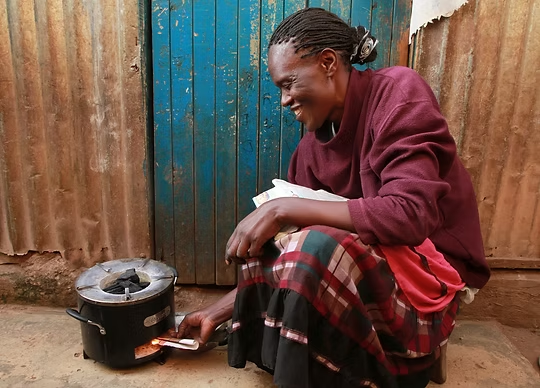
.png)

.png)




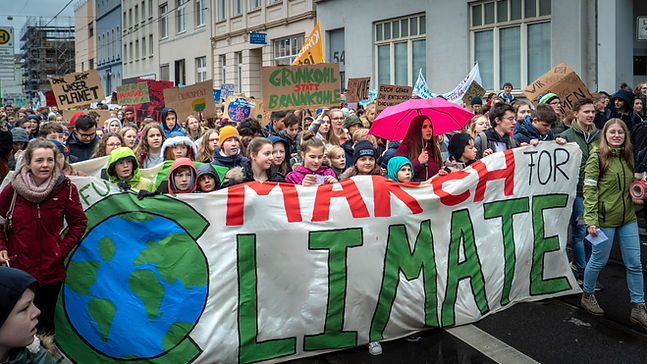

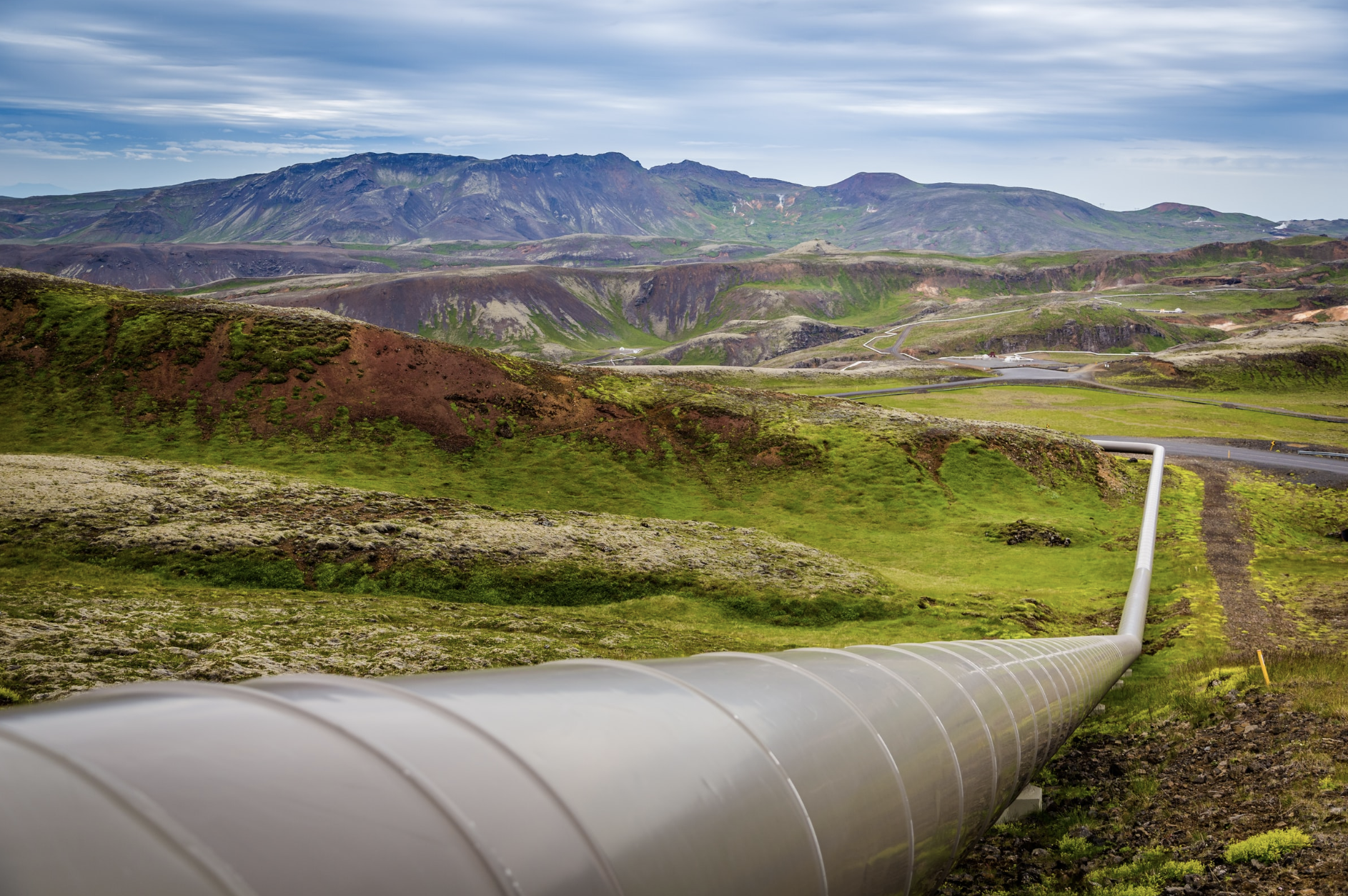


.png)

.png)
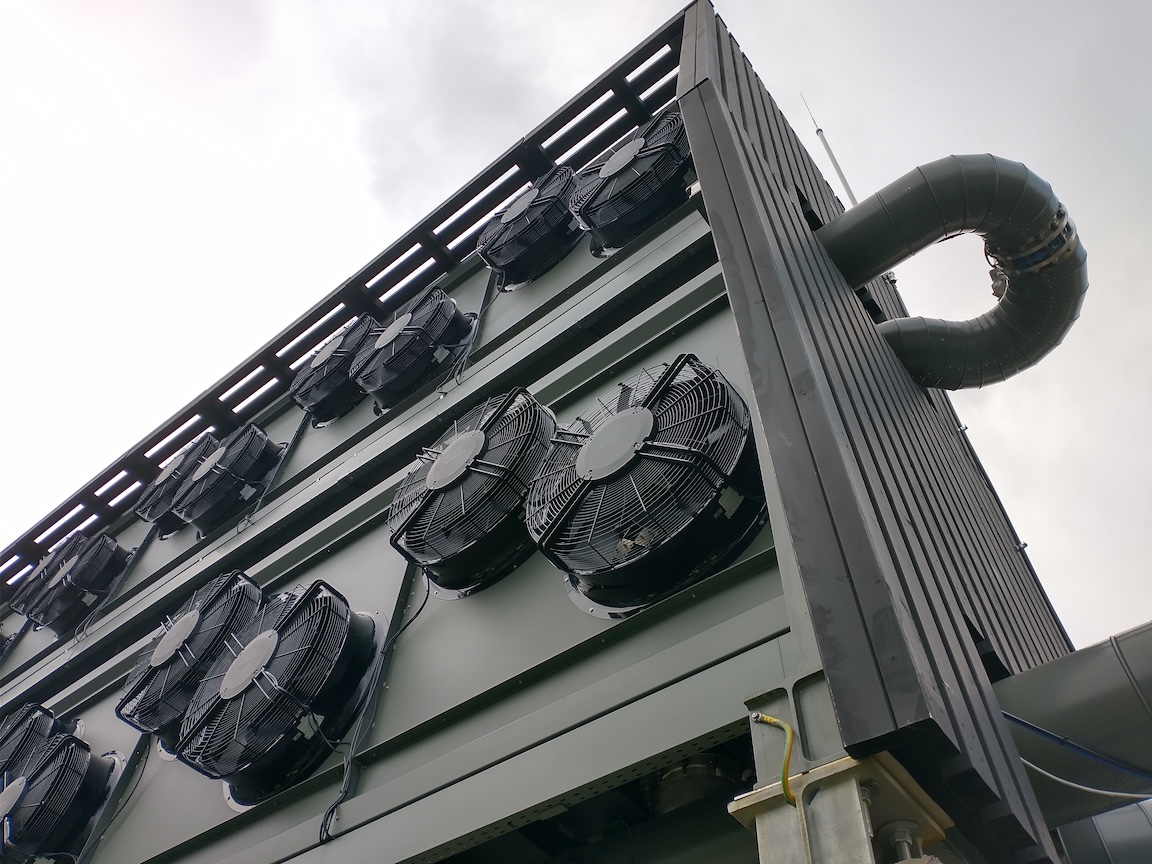
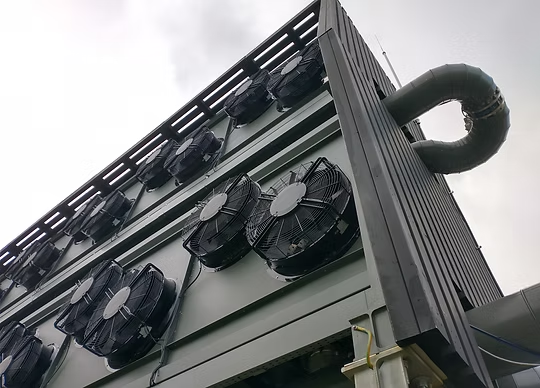
.png)
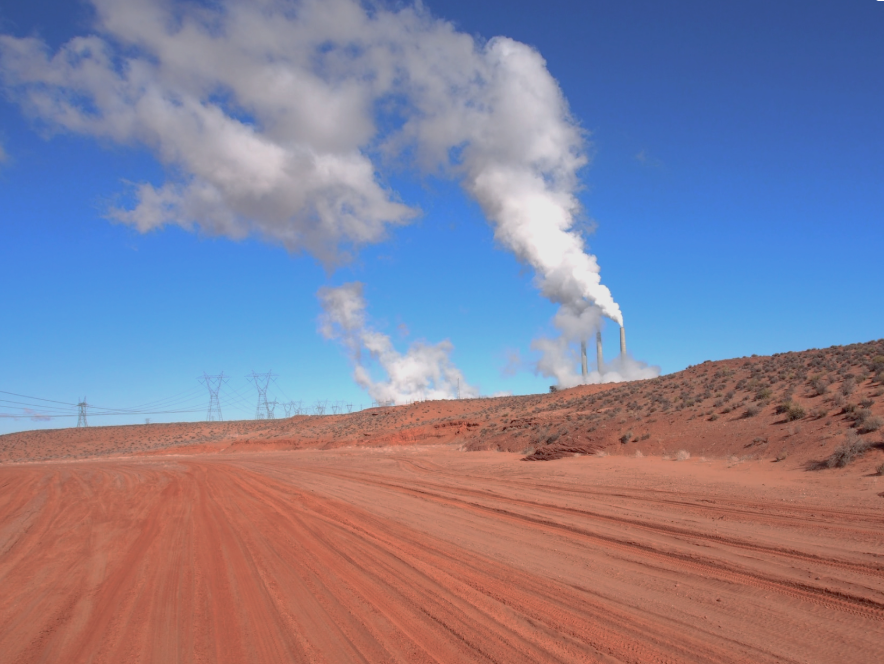
.png)

.png)
.png)

.png)
.png)
.png)


.png)
.png)

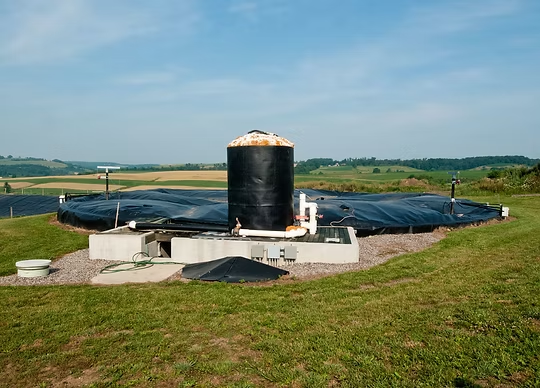
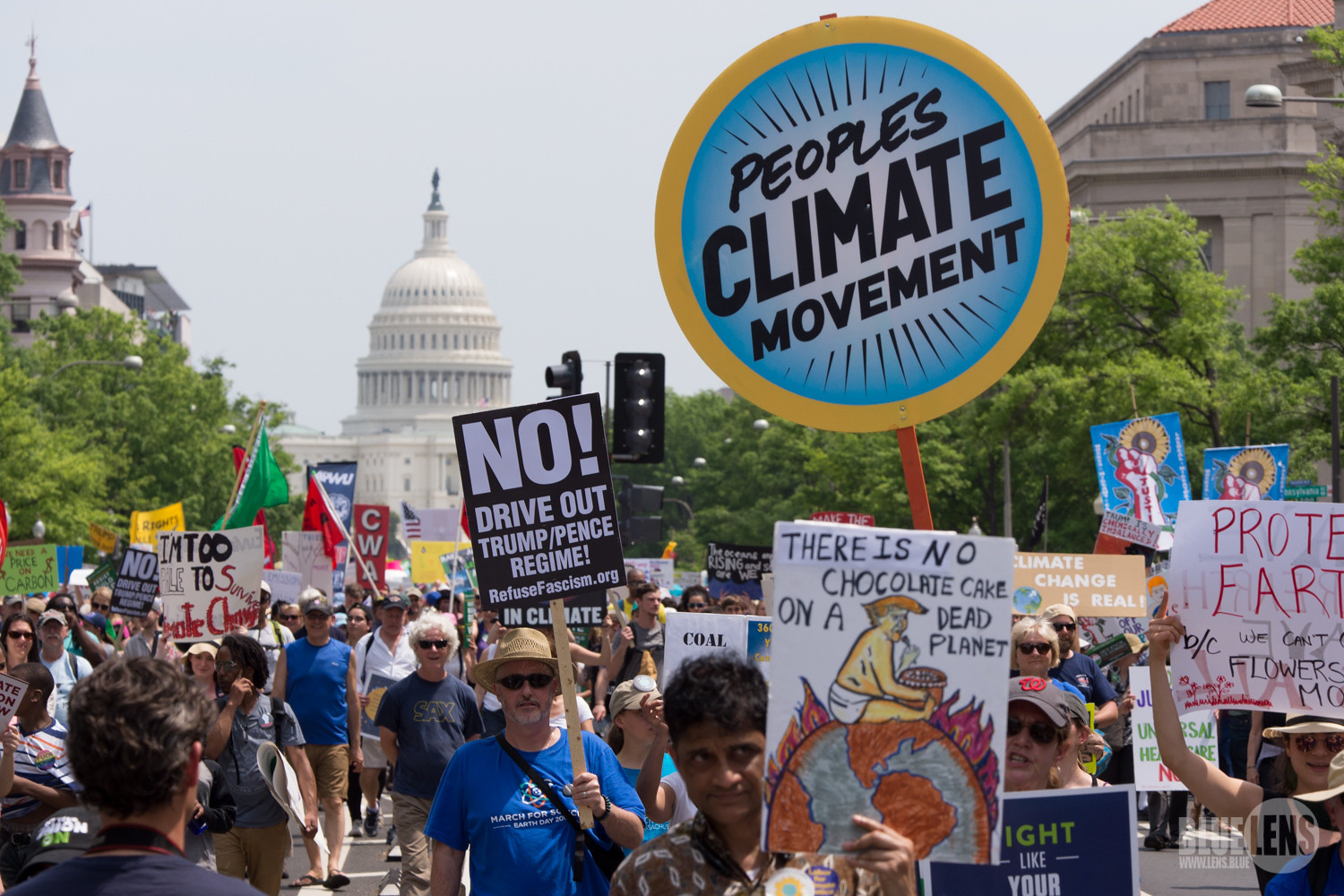


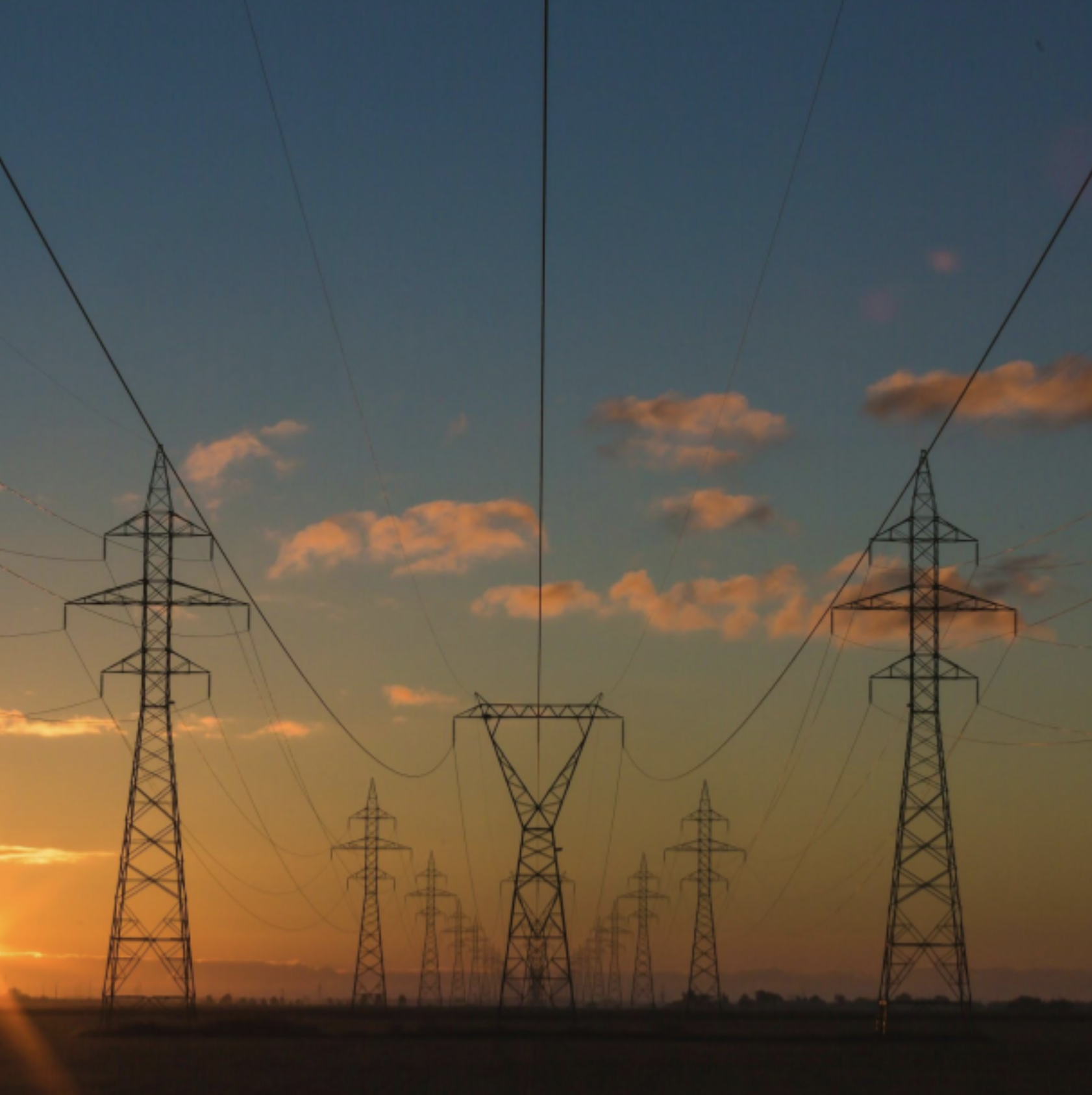

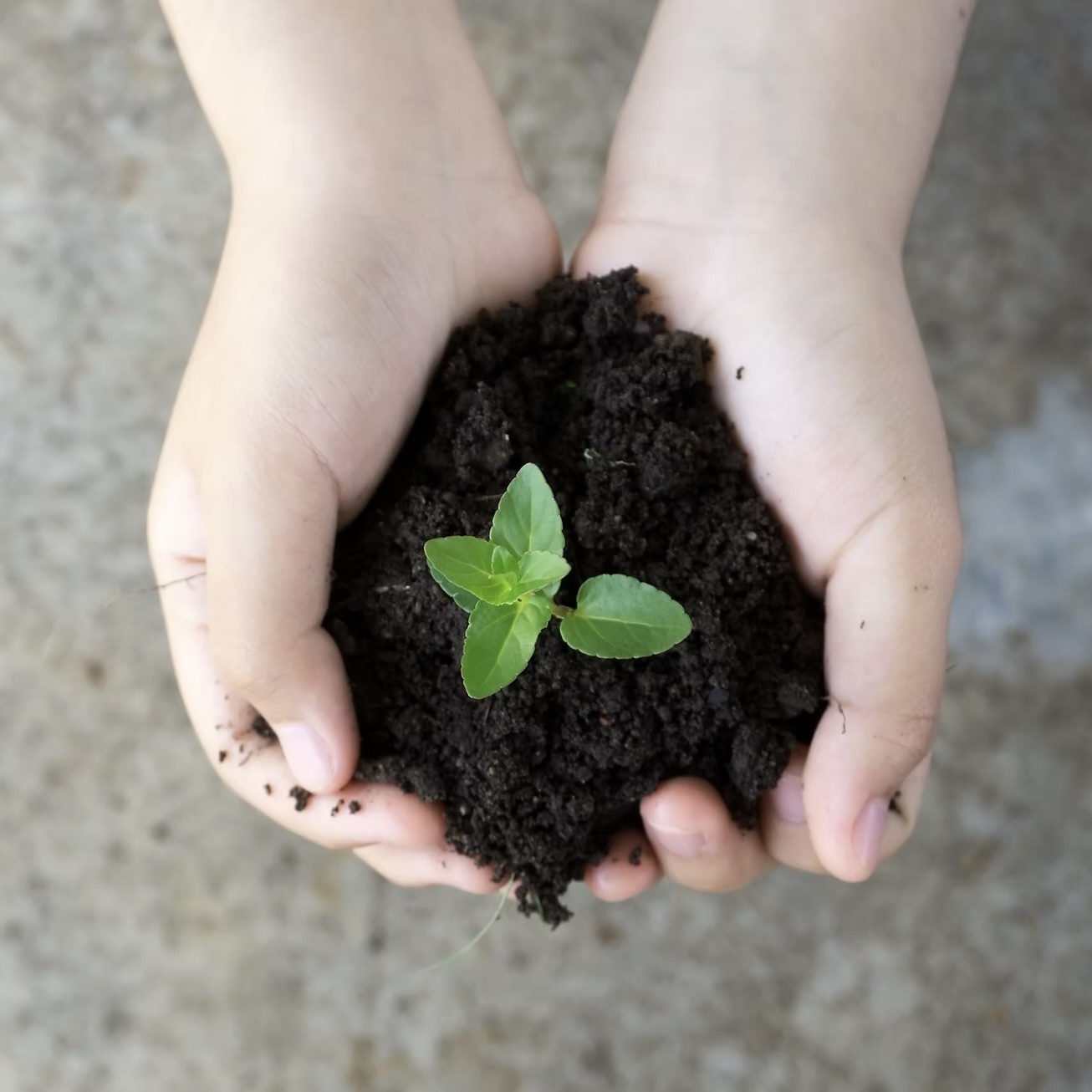

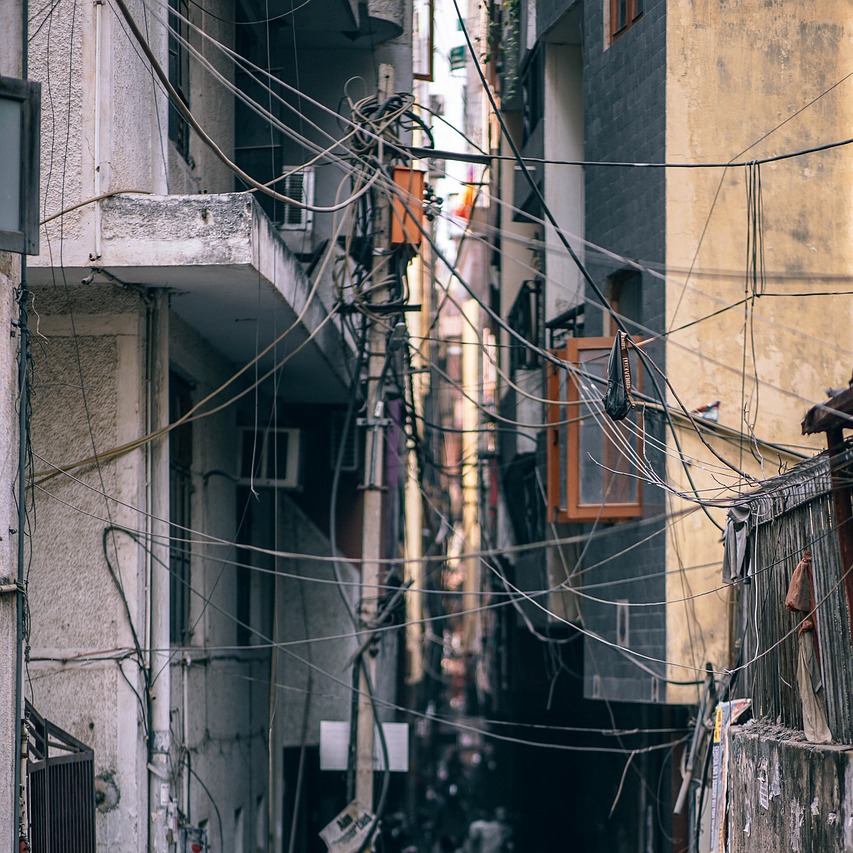

.png)
.png)
.png)
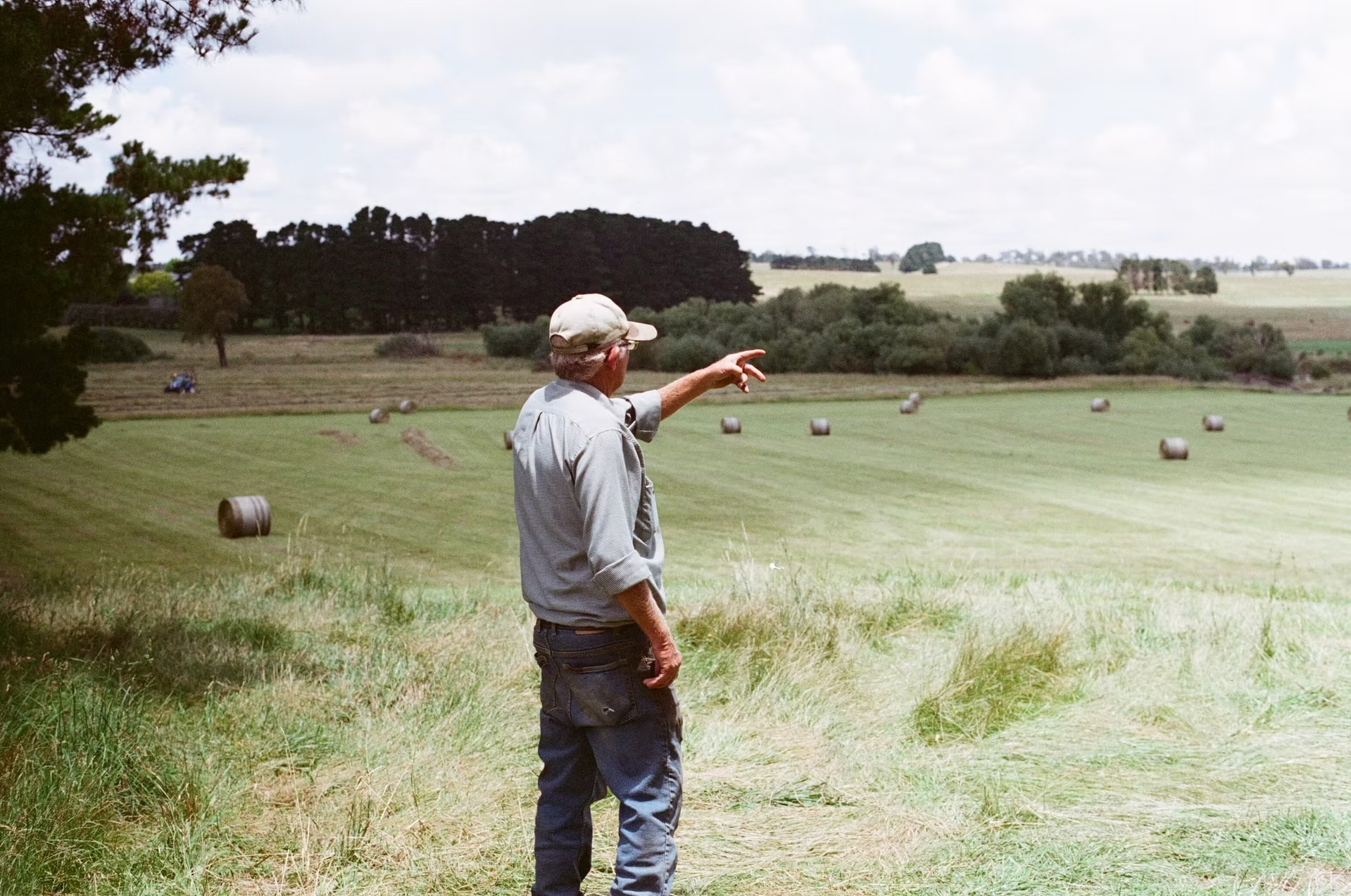


.png)
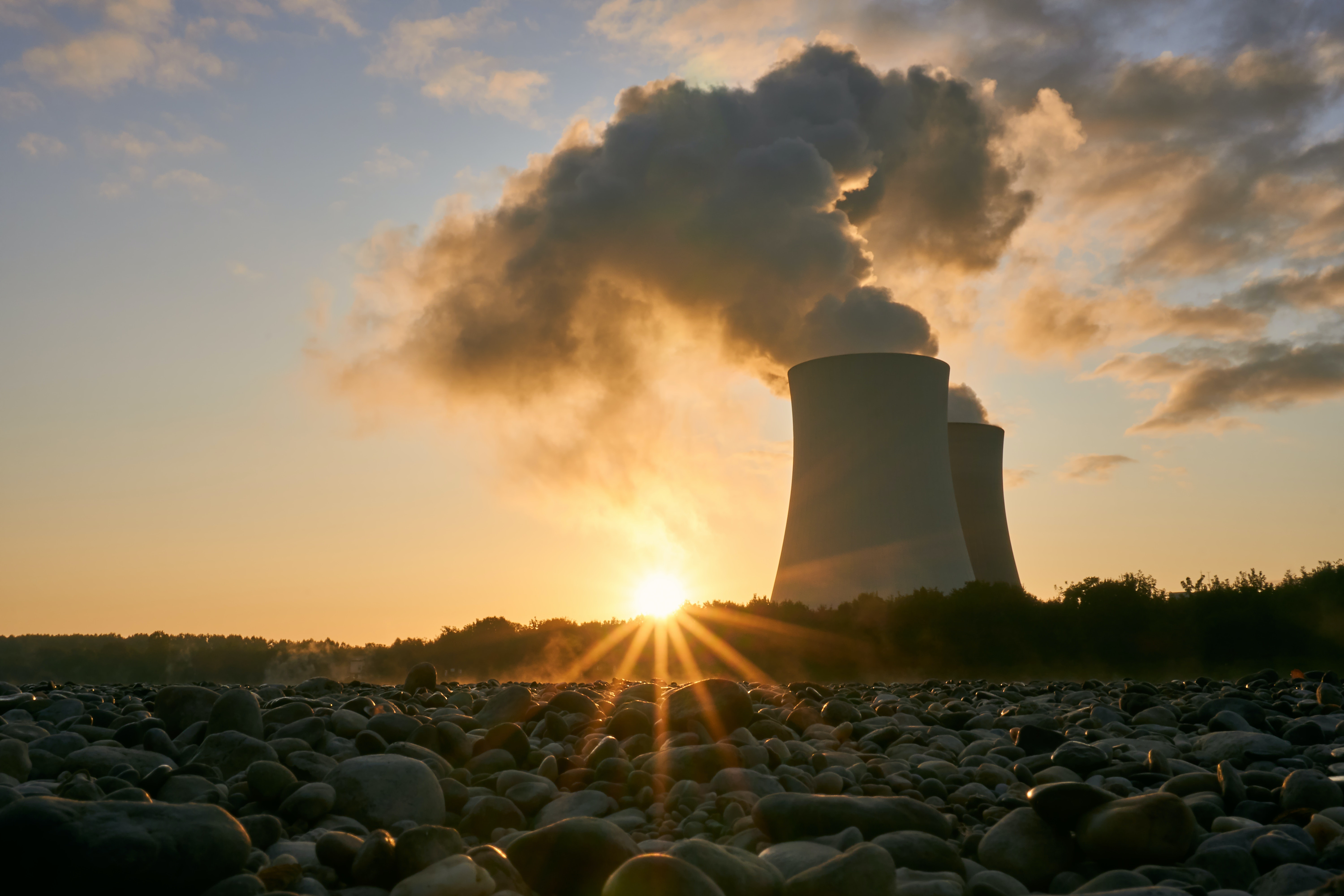
.png)
.png)
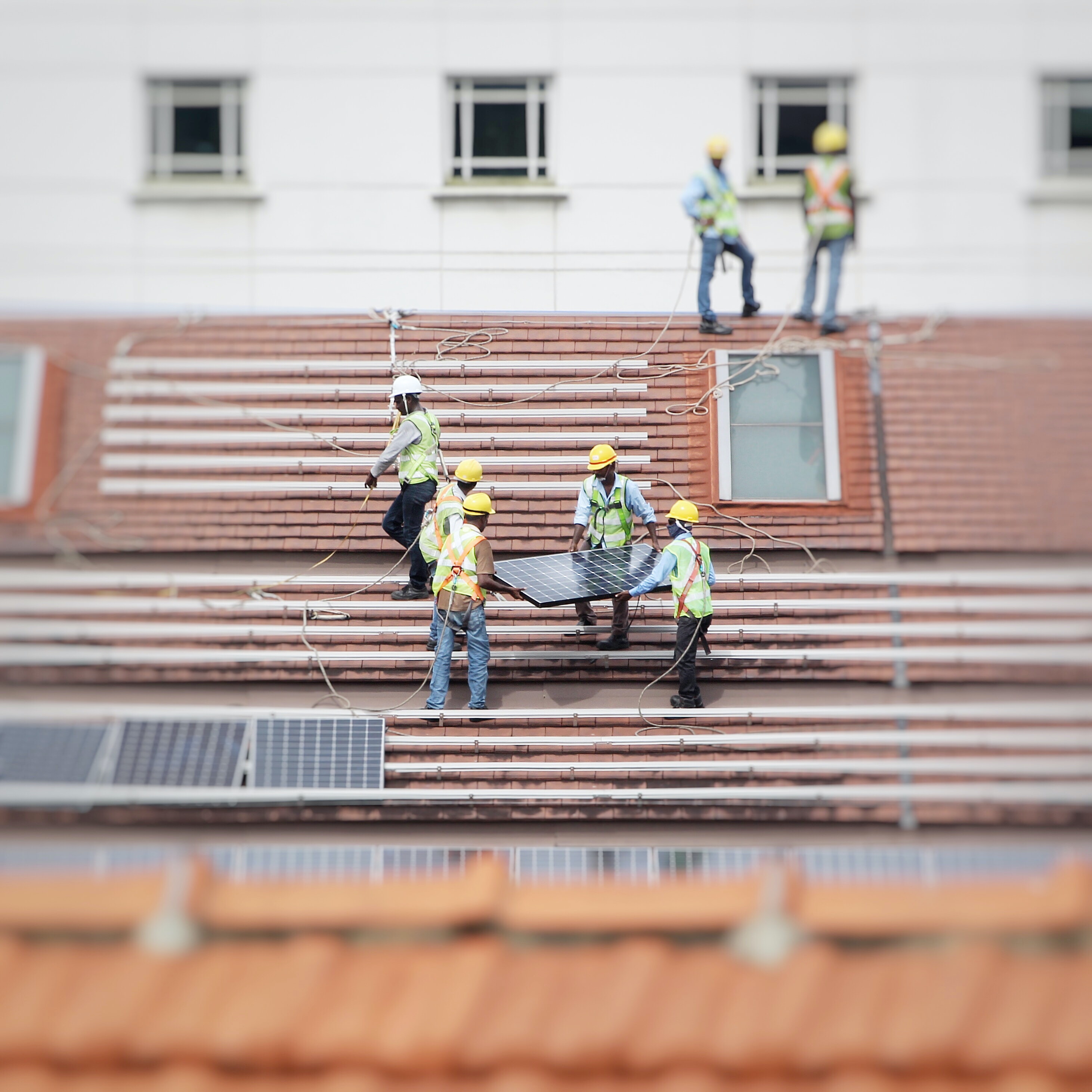

.png)
.png)

.jpg)
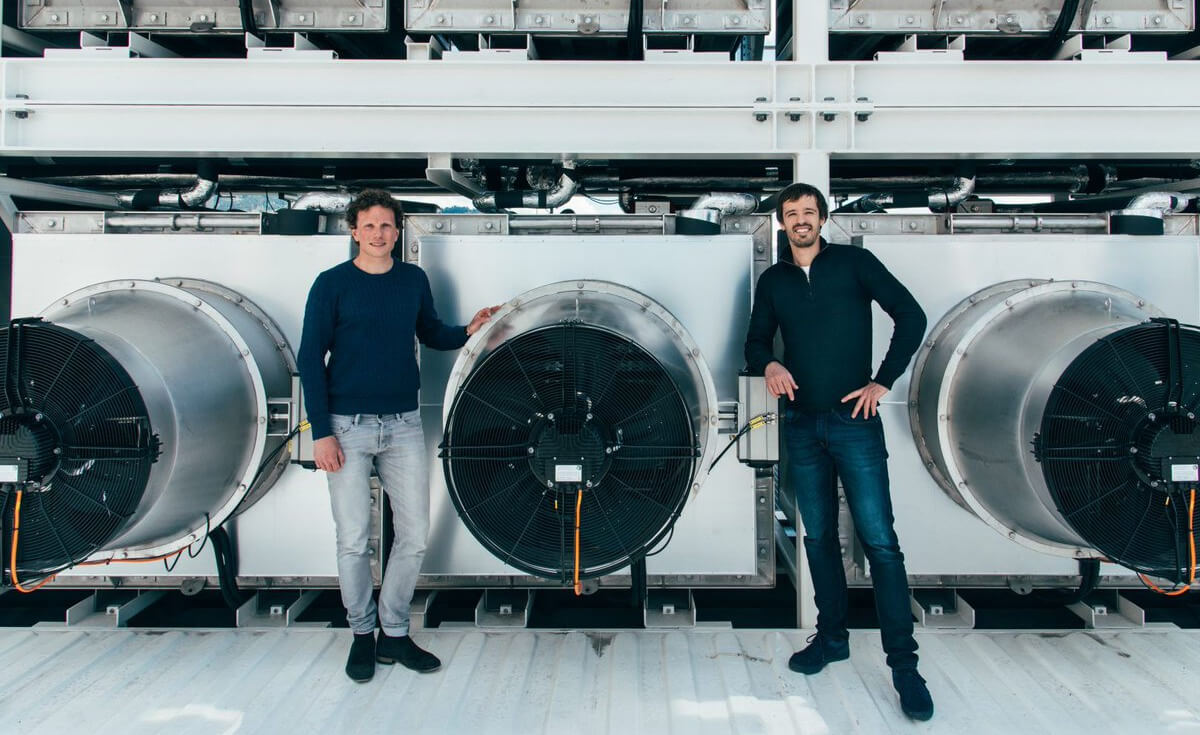
.png)
.png)
.png)


.png)
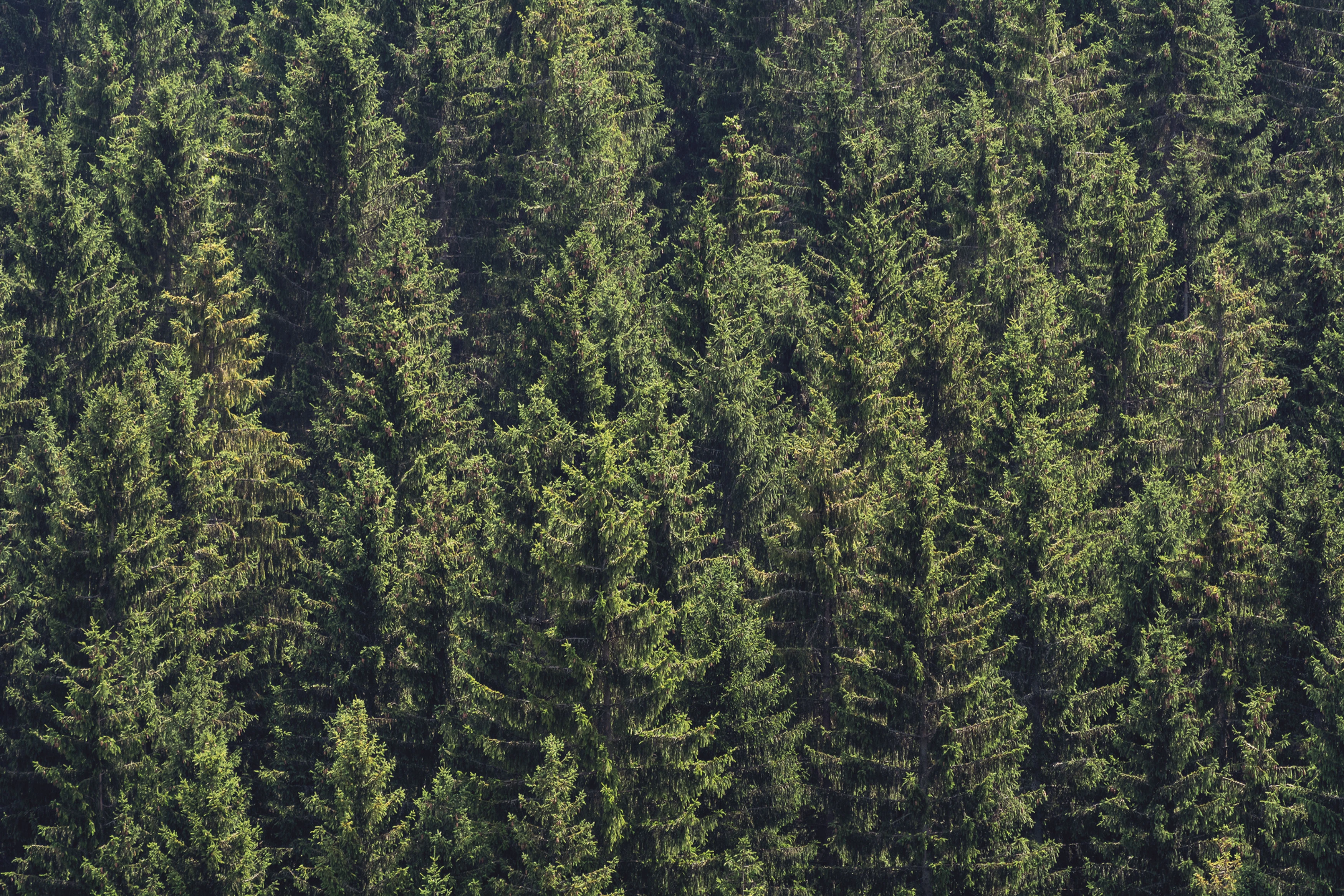
.png)

.jpg)
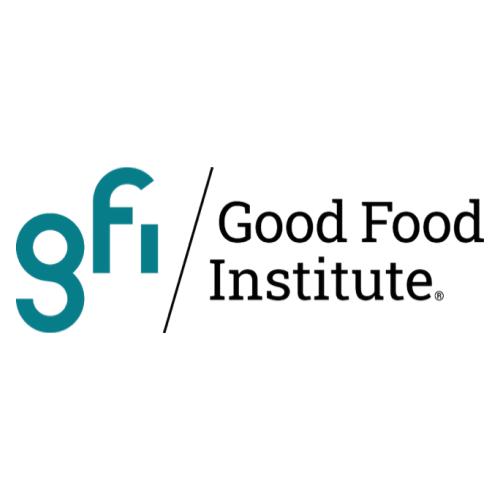

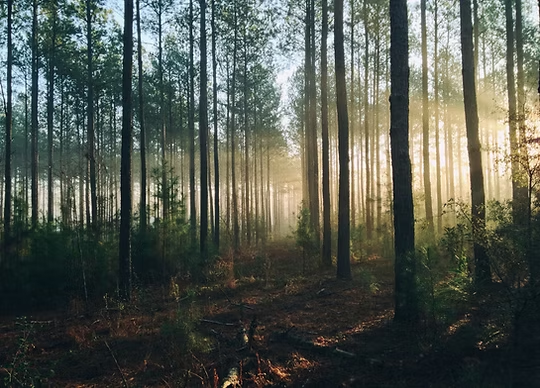
.png)

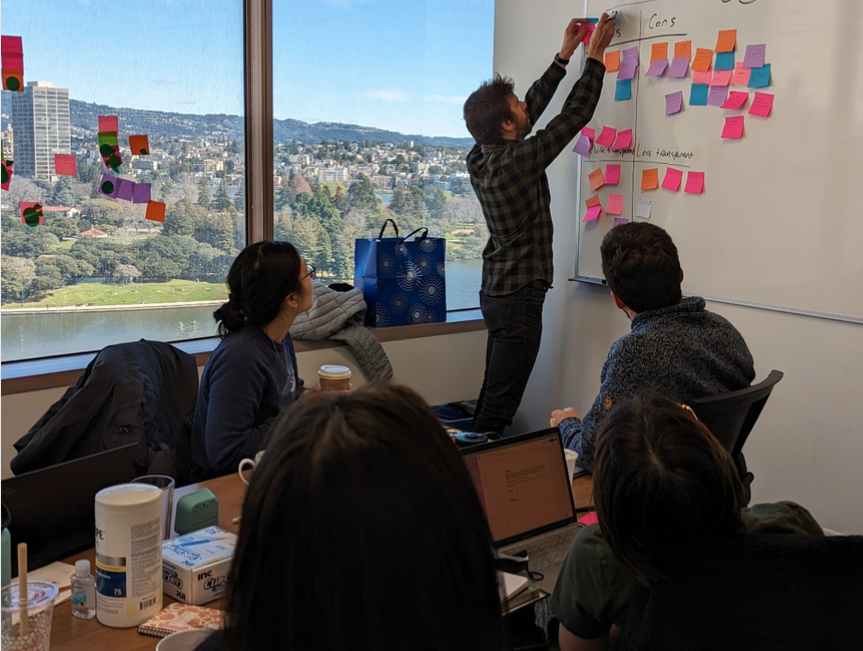
.png)

.png)




